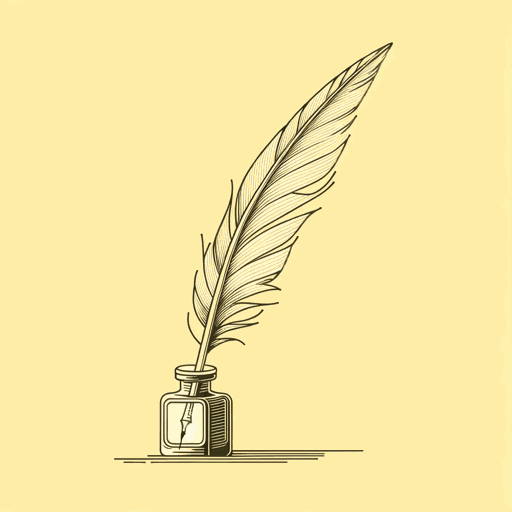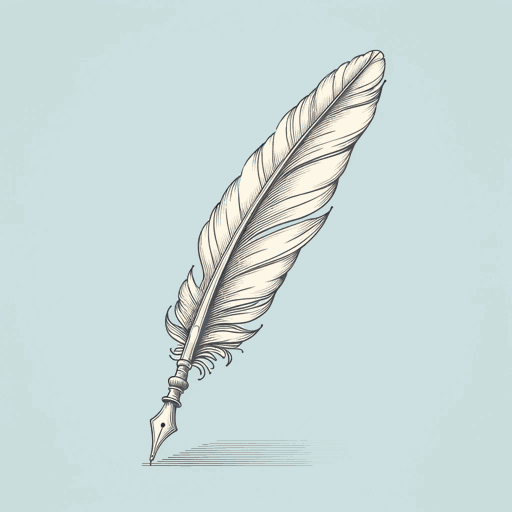41 pages • 1 hour read
Edmund BurkeA Philosophical Enquiry Into the Origin of Our Ideas of the Sublime and Beautiful
Nonfiction | Book | Adult | Published in 1756A modern alternative to SparkNotes and CliffsNotes, SuperSummary offers high-quality Study Guides with detailed chapter summaries and analysis of major themes, characters, and more.
Summary and Study Guide
Overview
A Philosophical Enquiry into the Sublime and Beautiful was written by Edmund Burke (1729-1797) and first published in 1757. Burke was an 18th-century philosopher, statesman, and founder of modern British conservatism, best known for his Reflections on the Revolution in France (1790). Although most of Burke’s career was centered on his work as a politician and statesman, his philosophical writing continues to resonate today. A Philosophical Enquiry into the Sublime and Beautiful is an exploration of aesthetics and arts, which primarily focuses on discussions of beauty and the sublime. Burke attempts to define both through their qualities and associations with pain and pleasure. Edmund Burke’s philosophy of aesthetics inspired future philosophers, such as Immanuel Kant and David Hume, to develop their own aesthetic theories. Since A Philosophical Enquiry in the Sublime and Beautiful, the philosophy and criticism of art has developed into a rich and complex field of study.
This guide uses the 2015 paperback edition from Oxford University Press.
Summary
Before John Locke wrote An Essay Concerning Human Understanding (1689) and before Edmund Burke wrote A Philosophical Enquiry into the Sublime and Beautiful, philosophers mostly took a classical view of the arts and beauty. Attractive and arresting images, poems, and other forms of art were scored according to the adherence to how closely they hint at truth, virtue, and the Divine. Then, in the late 1600s, Locke challenged the ideas of Plato and Aristotle, emphasizing the importance of sensory experience in the development of ideas. Burke established his work on this idea.
A Philosophical Enquiry into the Sublime and Beautiful discusses what makes a work of art beautiful or sublime and how one develops good taste in aesthetics. Burke rejects previous ideas about beauty’s relationship to goodness or truth; instead, he establishes a certain set of qualities that he believes contributes to overall beauty. He also claims that the sublime holds a place above beauty, inciting terror and awe in the observer. Burke’s philosophical text explores three major themes: The Role of Pleasure and Pain in the Arts, Beauty and the Sublime, and Aesthetics and Sensory Information.
Burke opens with an “Introduction on Taste.” Here he establishes that taste is developed over time through sensory experience. Once ideas have emerged through the senses, the imagination replicates and imitates those ideas in another form. Judgement allows the individual to reflect and evaluate the object's quality. Everyone’s taste is the same, and all people have the same appreciation for all things. Their taste develops in degrees, however, as they expose themselves to the pleasure and pain of new experiences.
In Part 1, Burke explores the relationship of pain and pleasure to passion. Although pain and pleasure are not dependent upon one another or the absence of one another, they are closely related and apply themselves in complex ways. A person’s taste is derived from the pain or pleasure they experience when they encounter an object. Most passions can be divided into two categories: self-preservation and society. While beauty is attached only to pleasure, the sublime is attached to both pleasure and pain.
Part 2 breaks down the meaning of the sublime. Burke asserts that the sublime is the experience of passion that is derived from a mixture of pain and pleasure. The sublime elicits feelings of astonishment, terror, awe, and horror. Burke suggests that artistic renderings which hint at infinity, obscurity, vastness, power, and magnitude are examples of the sublime. When humans engage with the sublime, they encounter a new side of God’s nature.
In Part 3, Burke defines beauty. Rather than the awe and terror associated with the sublime, beauty is associated with feelings of love and desire. Burke argues that beauty has certain specific qualities, including smoothness, variation, and delicacy. He denounces earlier concepts of beauty that emphasize fitness, proportion, virtue, and form. Both beauty and the sublime are passions born from sensory impression, but the greater of the two is the sublime.
Part 4 wraps up the discussion of beauty and the sublime. Burke argues that fear, terror, and danger all play a role in how humans perceive the sublime. They must feel that a danger is possible but not present. He also explores concepts of darkness and the relationship between relaxation and beauty. In Part 5, Burke looks at the art form of poetry. He argues that poetry is a higher form of art than others in the realm of aesthetics. Poetry invites readers to participate in the experiences of others and can challenge concepts and ideas in a way that other art forms cannot.
Burke’s position in A Philosophical Enquiry into the Sublime and Beautiful serves as a bridge between classical thinking and the Enlightenment. While he incorporates elements of rationalism while attempting to quantify concepts like beauty and the sublime, he adheres to the belief that some ideas—like pleasure and pain—are beyond definition. Burke’s writing on aesthetics provided a foundation for the Romantic movement, which rejected rationalist ideals.


